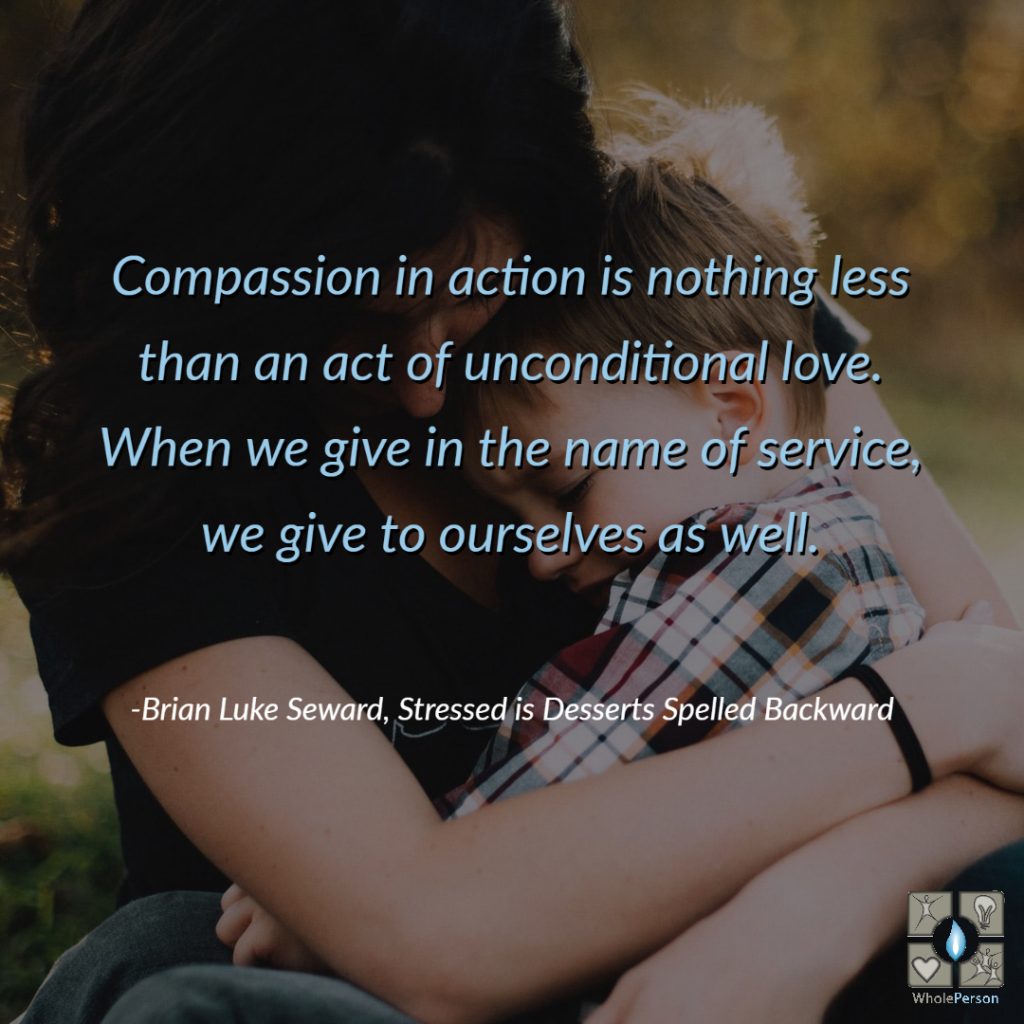
At the first sign of stress, my sister Gail would not hesitate to light up. The cigarette dangling from her mouth started as an occasional social habit in college. With the advent of her first job as a graphic artist, however, it soon became an adult version of a baby’s pacifier. Like most people who smoke, Gail tried passionately to quit, but her efforts met with little success. More than once I would hear her quote Mark Twain, “Quitting smoking is easy, I’ve done it hundreds of times.” Eventually, social pressures at work forced her to take her adaptive coping technique outdoors, yet the habit continued.
As Gail explained to me, “Cigarette smoking is horribly addictive. The craving for a smoke, actually it’s the nicotine, is beyond approach. I have had other addictions, which we won’t go into, but this has got to be one of the hardest.”
When Gail was pregnant with her first child, Ashley, she kept the consumption of cigarettes to a strict minimum. “I would catch flack from some people—the non-smokers who haven’t a clue. My friends who smoke were more compassionate.” With the second pregnancy she did even better; yet old habits die hard. Within a month of delivery of her son Ian, Gail went back to a pack a day.“
I am very careful not to light up around my children. I know the dangers of second-hand smoke. I don’t smoke in the house or the car. And you wouldn’t believe the nagging I get from my kids.”
One day her four-year-old son, Ian, asked his mom if he could invite a friend to stay over night. As parents do, Gail called the mother of the child to make the arrangements. The answer was a polite but definitive No!
Gail hung up the phone and called Ian over.“
Listen honey,” she said. “Curtis can not come over to spend the night. In fact, he cannot come over at all. His mom explained to me that he has only one lung and she is very careful not to expose him to any chance of cigarette smoke or anything else that would pose a threat to his health.” At first Ian had a blank look on his face, till the message was fully understood. Then Niagara Falls started.“
The tears from Ian’s face continued for three days. He just couldn’t understand why I couldn’t quit. Looking back, I am sure I probably had a few tears too,” Gail explained. “It was one of those, Dammed if you do, dammed if you don’t, situations.”
“You know you can do a lot for your kids to show them you love them. Most of these require large blocks of time, and a lot of it seems to require money. There are sacrifices and compromises for sure. And to be honest, sometimes there’s resentment with these decisions. Any honest parent will tell you so. In this case, there was none of that. I had simply broken my son’s heart. Broken hearts are mended with love. I knew there was only one thing to do. I had to quit smoking.”
Smoking cessation for Gail was not an overnight sensation. It took several stressful weeks. As any of us can attest, to change habits just for ourselves is hard. Doing it for someone else doesn’t make it any easier. But when our actions are motivated by love—for those we love—then we gain footing to a new level. With a good month behind her of smoke-free lungs, Gail made another phone call to Curtis’ mom. This time she got the green light. Ian was beaming.
In simplest terms, compassion in action is an act of service. Until love is acted upon, it is merely a theory, a seed set upon inhospitable rocks. Fear is the motivating factor of stress. It undermines much of our behaviors. Compassion in action is a conscious act of love. We do acts of service not to make friends, to win brownie points or earn favors from God. When we engage in acts of service, everyone benefits.
Compassion in action is nothing less than an act of unconditional love. When we give in the name of service, we give to ourselves as well.
By Brian Luke Seward, from Stressed is Desserts Spelled Backward
